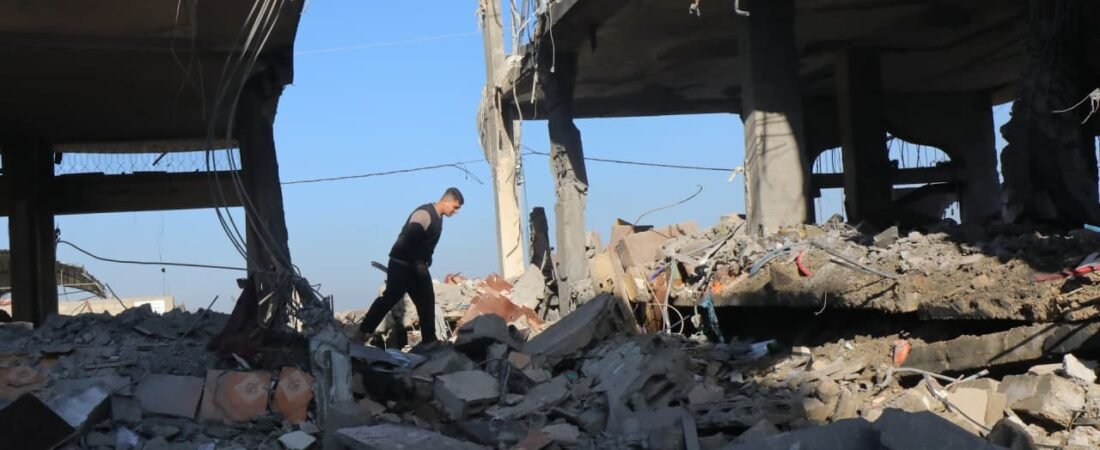-
The Israel-Hamas ceasefire stalled as Israel blocks aid and electricity to Gaza
-
The U.S. held direct talks with Hamas for the first time
-
Hamas reportedly proposed a long-term ceasefire
Hamas is capturing attention worldwide. From ceasefire negotiations to unprecedented U.S. engagement and polarized online reactions we’ll explore recent events, key players, and the digital echo chamber amplifying the conversation.
A Fragile Ceasefire
The current buzz around Hamas ties directly to the Israel-Hamas ceasefire, which entered its first phase on January 19, 2025, halting 15 months of devastating conflict sparked by Hamas’s October 7, 2023, attack on Israel. That 42-day initial truce, brokered by Qatar, Egypt, and the U.S., saw Hamas release 33 hostages (including eight bodies) in exchange for nearly 2,000 Palestinian prisoners. Humanitarian aid flowed into Gaza, offering a brief respite to a population reeling from over 48,000 deaths and widespread destruction.
Yet, as the first phase expired on March 1, 2025, the transition to Phase 2, intended to secure a permanent end to the war, release the remaining 59 hostages (22 believed alive), and withdraw Israeli troops from Gaza hit a wall. Israel’s imposition of a total blockade on Gaza aid, demanding more hostage releases before negotiating, clashed with Hamas’s insistence on moving to Phase 2 immediately. This standoff, reported widely in early March, set the stage for escalating tensions.
U.S. Direct Talks with Hamas
The most seismic shift came in early March 2025, when the U.S. confirmed it had broken decades of policy by holding direct talks with Hamas, a group it designates as a terrorist organization since 1997. Revealed on March 4 via Axios and Al Jazeera, these Doha-based negotiations, led by U.S. envoy Adam Boehler, focused on freeing five American hostages, including 21-year-old Edan Alexander, the only one believed alive. This marked a stark departure from reliance on intermediaries like Qatar and Egypt, blindsiding Israel and drawing mixed reactions.
Reactions reflect this bombshell, with some hailing it as a pragmatic move to save lives, while others decry it as legitimizing a “terrorist” group. Analysts, as noted in The Times of Israel on March 7, suggest Hamas feels emboldened, potentially stiffening its ceasefire demands. Meanwhile, President Donald Trump’s simultaneous threats, telling Hamas on March 5 to “release all hostages now, or it’s OVER for you”, add fuel to the fire, framing the U.S. approach as a carrot-and-stick strategy. This duality is sparking heated debates about U.S. motives, and Hamas’s leverage.
Israel’s Pressure Tactics
Israel’s decision on March 2 to cut off Gaza’s aid, followed by a March 9 announcement to sever electricity, underscored its hardline stance: no Phase 2 talks without more hostages freed. Humanitarian officials warned of catastrophic impacts on Gaza’s already dire water and food shortages, a point likely resonating with pro-Palestinian voices. Hamas, in turn, accused Israel of “evading the agreement” and tightening a “siege of starvation,” per Reuters on March 6, rallying its supporters online.
Yet, a twist emerged on March 11: a U.S. envoy reportedly said Hamas proposed a 5-10 year ceasefire with a full hostage exchange, hinting at a willingness to eventually disarm and cede power in Gaza. Though unconfirmed by Hamas, this claim, paired with Suhail Al-Hindi’s Al-Jazeera statement rejecting disarmament, suggests internal divisions or strategic posturing, igniting speculation about whether Hamas is serious or stalling.
Final Thoughts
As of March 11, 2025, Hamas is trending due to a perfect storm of ceasefire deadlock, U.S. diplomatic gambits, and Israel’s pressure tactics. Whether it’s outrage over aid cuts, shock at direct talks, or speculation about Hamas’s next move, the topic encapsulates a world watching a fragile truce teeter.
